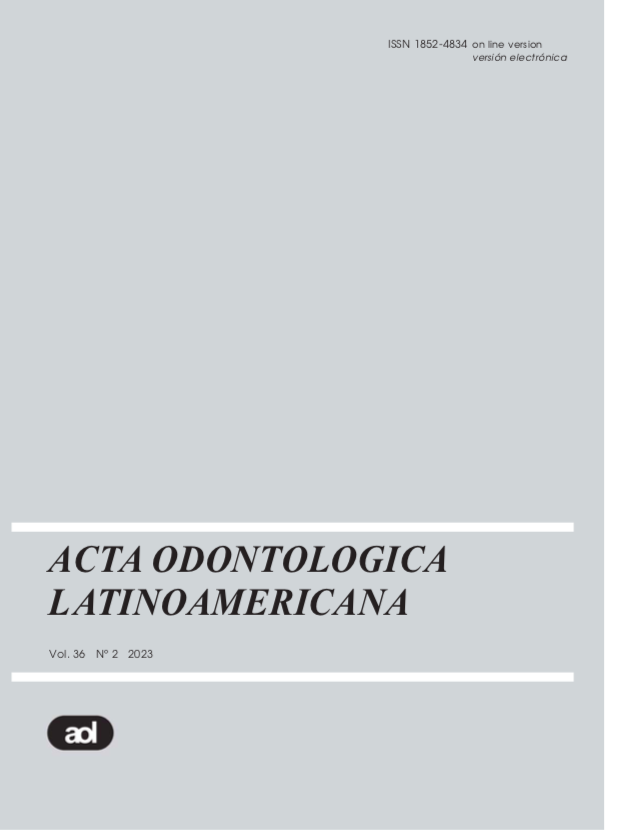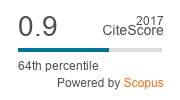Cone-Beam Computed Tomography to evaluate changes in trabecular lower jawbone microstructure caused by bone loss and antiresorptive treatment
Keywords:
cone beam computed tomography - osteoporosis - zoledronic acidAbstract
For decades, conventional histomorphometry has been the gold standard for analyzing trabecular bone microarchitecture. In recent years, micro-computed tomography (µCT) devices have been validated and are now considered the gold standard for quantifying bone microstructure. Aim: The aim of this preliminary report is to evaluate the usefulness of CBCT to assess trabecular mandible microstructural properties in normal ewes and to compare the quantitative changes associated with ovariectomy and antiresorptive treatment. Material and Method: Twelve adult Corriedale ewes (n=4/group) aged 3-4 years were divided into 3 groups and studied for 28 months. Eight ewes were ovariectomized (OVX) and divided into OVX and OVX+ZOL groups (n=4/group) which were treated as follows, by jugular injection: OVX received saline solution and OVX+ZOL received zoledronate (Zol) (Gador SA, CABA, Argentina) (4 mg/month). Another four ewes were subjected to sham surgery (SHAM group) and received saline solution. Results: Densitometry showed that jaw mineral content (BMC) and density (BMD) were significantly lower in OVX than in SHAM and OVX+ZOL ewes; no difference was observed between OVX+ ZOL and SHAM groups. CBCT analysis showed that bone volume (BV/TV%); trabecular thickness (TbTh); connectivity density (CD) and anisotropy degree (AD) were significantly lower, and trabecular spacing (TbSp), significantly higher in OVX than in SHAM ewes. AD was significantly higher and TbSp significantly lower in OVX+ZOL than in OVX groups. BV/TV%, TbTh and CD showed a clear tendency to being higher in OVX+ZOL than in OVX groups. No statistical difference was observed between OVX+ZOL and SHAM ewes. CBCT in a nondestructive, fast, very precise procedure for measuring bone morphometric indices without biopsies, which are not indicated for morphometric evaluation in osteoporosis. Conclusions: The current study demonstrated the potential of the high-resolution CBCT imaging to assess in vivo quantitative bone morphometry and bone quality of lower jaw cancellous bone under normal conditions and to differentiate changes associated with excessive bone loss induced by estrogen withdrawal and antiresorptive intervention.
Downloads

Downloads
Published
Issue
Section
License

This work is licensed under a Creative Commons Attribution-NonCommercial 4.0 International License.
This work is licensed under CC BY-NC 4.0






